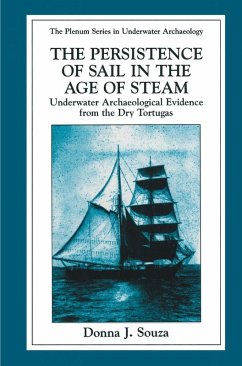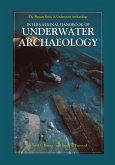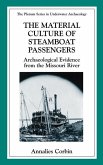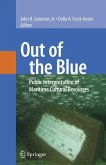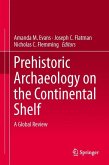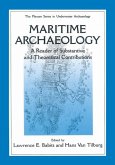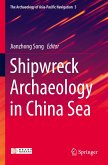In Archaeology Under Water (1966: 19), pioneer nautical archaeologist George Bass pointed out how much easier it is to train someone who is already an archaeologist to become a diver than to take trained divers and teach them to do archaeology. While this is 'generally true, there have also been occasions when well-trained and enthusiastic sport-divers have been willing to accept the train ing and discipline necessary to conduct good archaeological science, becoming first-rate scholars in the process. Dr. Donna Souza's book is the product of just such a transition. It shows how a sport-diver and volunteer fieldworker can proceed through a rigorous graduate program to achieve research results that are convincing in their own right and point toward new directions in the discipline as a whole. What is new in this book for maritime archaeology? Perhaps the most obvious and important feature of Dr. Souza's archaeological and historical analysis of the wreck at Pulaski Reef and its contemporaries in the Dry Tortugas National Park, Florida, is the way it serves as a means to a larger end---namely an understanding of the social history of the transition from sail to steam in late nineteenth century maritime commerce in America. The relationship between changes in technology and culture is a classic theme in anthropology, and this study extends ~t theme into the domain of underwater archaeology.
`...the method she used in her study and analysis of six shipwrecks on the Pulaski Reef site in the Dry Tortugas gives preservationists an excellent model for conducting minimum impact archaeology. ...excellent use of illustrations, using only line drawings and pertinent black-and-white photographs. Of interest to the scholar and researcher are the appendices tabulating steam versus sail losses, insurance losses, salvage records, and information on the number and types of wreckers working in the Dry Tortugas. The Persistence of Sail in the Age of Steam demonstrates well the movement within underwater archaeology towards minimal site excavation and in situ preservation.'
Nautical Research Journal, 47:4 (2002)
Nautical Research Journal, 47:4 (2002)
`...the method she used in her study and analysis of six shipwrecks on the Pulaski Reef site in the Dry Tortugas gives preservationists an excellent model for conducting minimum impact archaeology. ...excellent use of illustrations, using only line drawings and pertinent black-and-white photographs. Of interest to the scholar and researcher are the appendices tabulating steam versus sail losses, insurance losses, salvage records, and information on the number and types of wreckers working in the Dry Tortugas. The Persistence of Sail in the Age of Steam demonstrates well the movement within underwater archaeology towards minimal site excavation and in situ preservation.'
Nautical Research Journal, 47:4 (2002)
Nautical Research Journal, 47:4 (2002)

